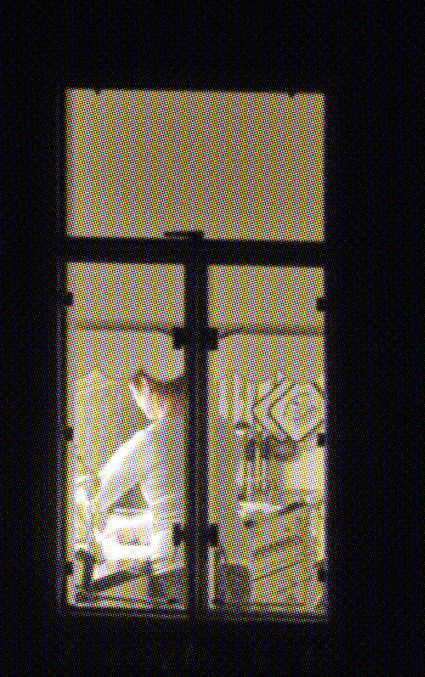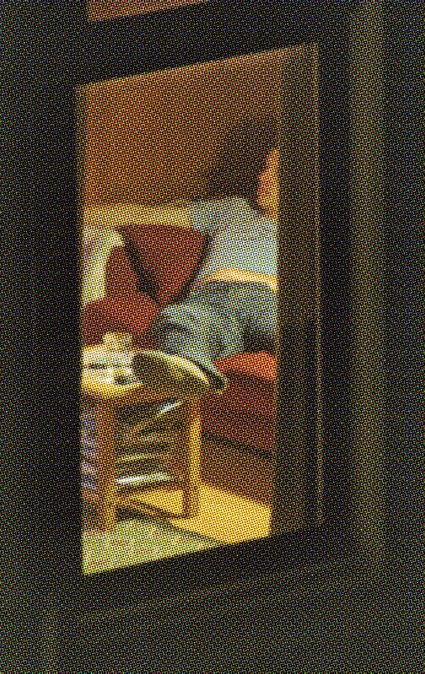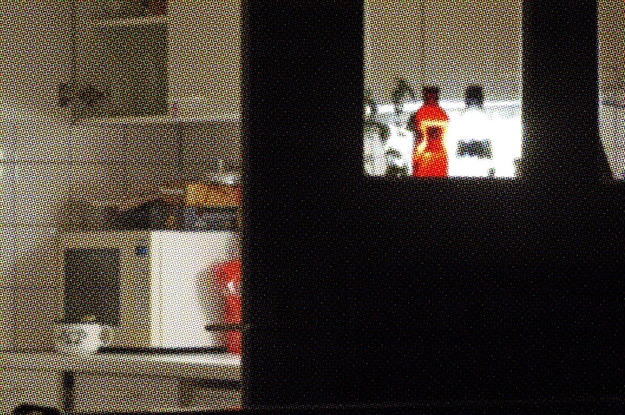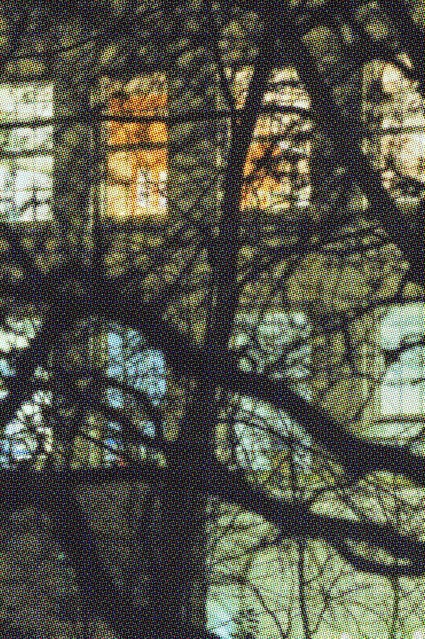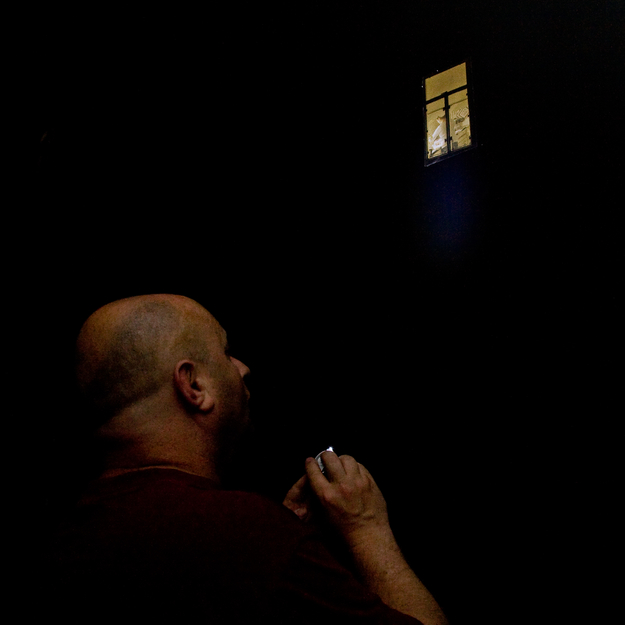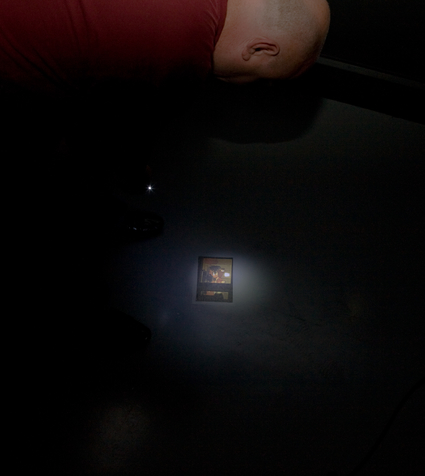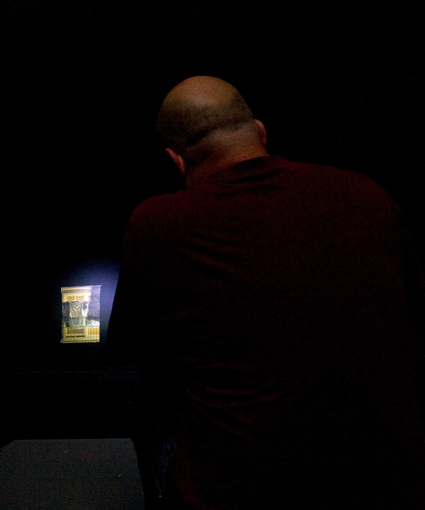I developed a fascination for the 'open curtains' phenomena, where one can easily view the private interior of people’s homes from the street level. In social conversations this served to present the locals as an example for how open minded the Dutch people living in Amsterdam are. A 'we have nothing to hide' attitude that proved to be restricted and limited in what I could actually observe when I tried to focus on it. At times, I could get a glance on small 'idyllic' scenes, mostly ones that I would associate with a music box scene: sweet, perfectly orchestrated and mechanical.
It was hard for me to accept that my looking into apartments and viewing private rooms was part of the norm. This relationship of the private space and the public sphere is one of the phenomena that distinguish Amsterdam from other European cities.
More recently I started 'peeping' with a telephoto-lens into some of these rooms and taking photographs of the scenes I find. On these occasions I do not stand in the street but rather ask acquaintances for a permission to use their windows in order to look into their neighbor's apartments. The results are ‘Rear Window Photographs’, the title of which references Alfred Hitchcock’s film. I am currently taking photographs for this project, and in April 2008 I will print them in Grafisch Atelier Daglicht (www.grafisch-atelier- daglicht.nl ) as silkscreen images on news print paper.
The Installation
For the exhibition 'Becoming Dutch', I made the following installation:
Upon entering the space, visitors received a small light with which they initiated a search and discovery of the installation. A large number of Rear Window Photographs in various sizes were spread around the space, waiting to be spotted, realized, and contemplated by the drifting visitor.
Coming across more and more images unwrapped the initial uneasiness caused by the dark, turning the search into a playful experience in which visitors became active participants. The photographs were printed using a silk-screen technique, a particular aesthetic that created a layer of unresolved tension throughout the viewing experience. An image that seemed sharp enough from a distance became obscure on a closer look. In the accumulative process of encountering new photographs and realizing their collective nature as 'rear window peeping photographs', the participant was faced with an essential theme of the installation: the reflexive notion of voyeurism and its relation to the other.
Our capacity to look and to see ourselves through the eyes of others is at the core of our psychological formation. Social sanctions against "staring" or being "nosy" reflect deeply rooted cultural taboos which forbid looking too closely. An exception is made when, within the safety of a darkened auditorium and in the company of others, our urge to peep may be indulged and we may temporarily escape and forget who we are as we become involved in searching images in the space.
